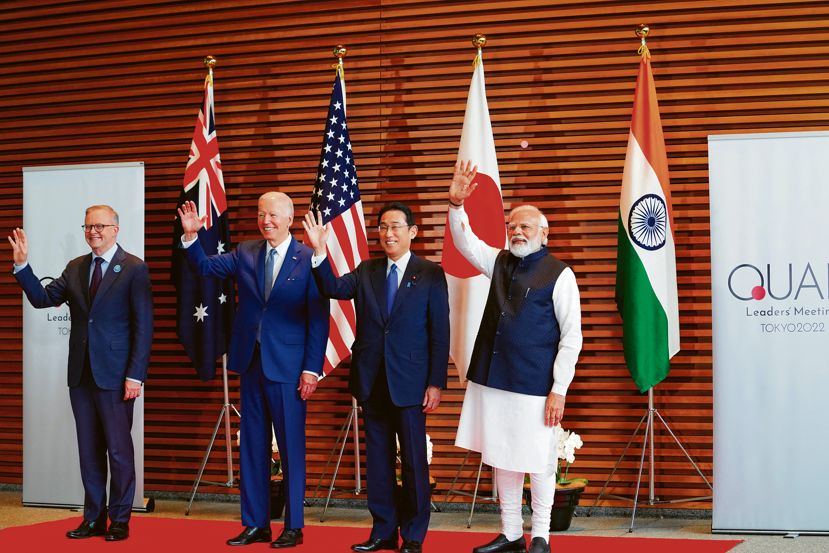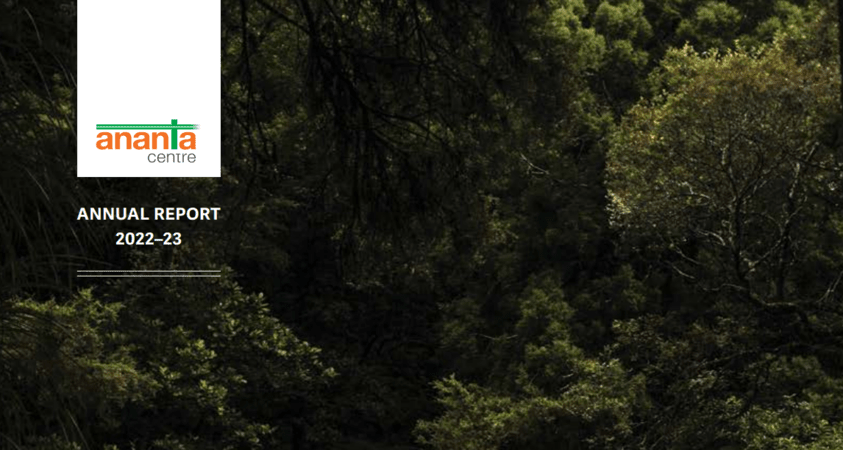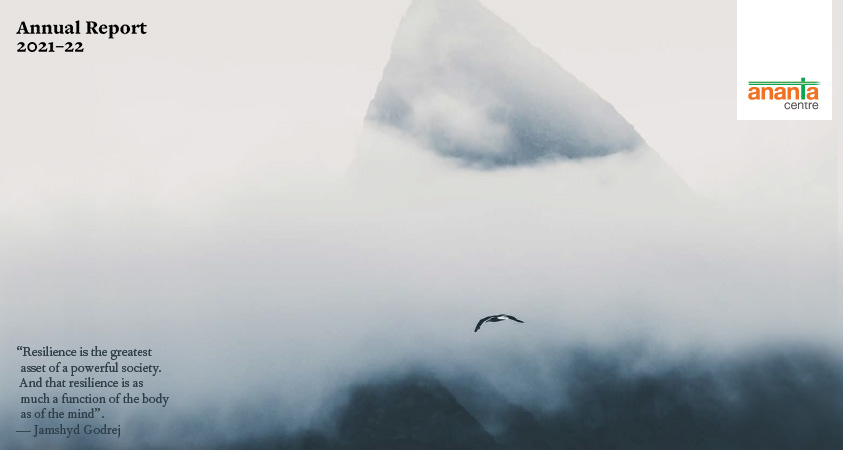H I G H L I G H T S
- Moody’s paints a gloomy picture
- S&P softens the Moody’s blow
- Growth may recover, but indebtedness will rise
- Different strokes from Moody’s and S&P
- China story remains unscathed
- Booster dose for Indian agriculture
- Freeing up inter-state farm trading
- Leg-up for contract farming, with pre-fixed farm prices
- Breather from Essential Commodities Act for some crops
- Lack of clarity may dilute agriculture reforms
- A mixed picture on green shoots of economic recovery
- Unemployment rate declines in June, but still in double digits
- All is not well on Indo-Chinese economic front
Moody’s paints a gloomy picture
As feared, India’s international credit rating has suffered in the wake of the Covid-19 outbreak and the lockdown that brought economic activity to a halt for the first few weeks. Moody’s Investors Service downgraded India from Baa2 to Baa3, which is the lowest rung of the investment-grade rating. In November 2017, Moody’s had upgraded India to Baa2 in the hope of effective implementation of reforms, which was expected to improve the country’s sovereign credit profile and strengthen the economic, institutional and fiscal parameters. However, it has now noted that “since then, implementation of these reforms has been relatively weak and has not resulted in material credit improvements, indicating limited policy effectiveness.” The result, two and a half years later, is a downgrade along with an outlook that remains negative.
The six specific reasons cited by Moody’s in support of its downgrade of India are important pointers to the economy’s health and its prospects. One, its assessment shows that India is headed for a prolonged period of slower growth in relation to its potential. Two, it is concerned over prospects of rising government debt. Indeed, general government debt (including that of the Centre and the states) are feared to increase from 72 per cent of gross domestic product (GDP) to 84 per cent. Three, the stress in the financial sector has been persistent, impairing the economy’s resilience. Four, it is worried over the weakness in the implementation of reforms in various sectors of the economy. Five, its concerns over growth have arisen because of weak prospects of private sector investments in the current scenario. And finally, the sixth reason it notes in defence of its rating, is that the downgrade is not driven by Covid-19, but by the manner in which the pandemic has amplified the “vulnerabilities in India’s credit profile that were present and building prior to the shock”.
S&P softens the Moody’s blow
About a week or so later on June 10, another rating agency, S&P Global Ratings, came out with a report on India that was a little less pessimistic about the Indian economy’s prospects. It retained India’s credit rating at BBB-, which was already the lowest investment grade in its scale. Its outlook on India too was stable. But the underlying message the S&P Global Ratings conveyed was not very different from that of Moody’s. It stated: “The ratings on India reflect the country’s above-average real GDP growth, sound external profile, and evolving monetary settings. India’s strong democratic institutions promote policy stability and compromise, and also underpin the ratings. These strengths are balanced against vulnerabilities stemming from the country’s low per capita income and consistently elevated fiscal deficits that contribute to high general government debt, net of liquid assets.”
Growth may recover, but indebtedness will rise
Some of the key numbers on the state of the economy, projected by Moody’s and S&P, are worth noting. On GDP growth, Moody’s believes that the Indian economy will contract by over 4 per cent in 2020-21, but will recover in 2021-22 with a growth rate of 8.7 per cent and grow at 6 per cent annually thereafter. S&P has calculated that the Indian economy will contract by 5 per cent in 2020-21, but will bounce back to record a growth rate of 8.7 per cent in 2021-22. On government debt, Moody’s has forecast that it would rise from 72 per cent of GDP last year to 84 per cent of GDP in the current year, and it is not likely to decline significantly in the following years. S&P also believes that general government debt would shoot up from 70 per cent in 2019-20 to over 80 per cent in 2020-21. In other words, both the agencies see a sharp deterioration in India’s fiscal deficit in the current year and the year following that.
Different strokes from Moody’s and S&P
What are the chances of India’s rating improving in the coming years? Moody’s is quite clear that an upgrade is unlikely in the near future, but notes the following: “Moody’s would change the outlook on India’s rating to stable if outturns and policy actions were to raise confidence that real and nominal growth will rise to sustainably higher rates than Moody’s projects, including through measures which enhance financial stability by strengthening the supervision, regulation and capitalisation of the financial sector. Commensurate action to halt and reverse the rise in the debt trajectory, even slowly, would also support a stable outlook.” In contrast, S&P is a little more considerate. It argues that an upgrade for India is possible only when “the government significantly curtails its fiscal deficits, resulting in materially lower net indebtedness at the general government level.”
China story remains unscathed
Meanwhile, China continued to remain unaffected by any adverse rating action. S&P Global Ratings declared on June 29 that it had affirmed its A+ rating for China and retained a stable outlook. Its reasons are: “China will maintain above-average headline GDP growth and see improved fiscal performance over the next three to four years. We expect per capita real GDP growth to average 5.5% annually in 2021-2023, as the economy recovers from the COVID-19 shock. In addition, we anticipate the continued implementation of restrictions on the off-budget borrowings of subnational government to lead to shrinking fiscal deficits, as measured by changes in net general government debt in terms of GDP.”
Booster dose for Indian agriculture
The much-neglected Indian agriculture has got a policy booster in the wake of the Covid-19 outbreak. Three ordinances were promulgated in the first week of June to reform the farming sector and help Indian farmers face up to the new challenges of producing, marketing and selling their produce across the country. The broad aim of the ordinances is to reduce restrictions and improve ease of farming.
Freeing up inter-state farm trading
The Farming Produce Trade and Commerce (Promotion and Facilitation) Ordinance was aimed at creating the idea of a One India and One Agriculture Market. It amended the earlier rules allowing farmers to sell their produce outside regulated mandis (agricultural markets). Nor will there be now any restrictions on inter-state and intra-state trade in agricultural produce. The new law will increase the farmer’s choice of where he or she wants to sell the crop on better terms. It will also reduce the farmers’ marketing costs and help secure more remunerative prices from the market. Eventually, it will also help farmers sell their produce on platforms that they can themselves create.
Leg-up for contract farming, with pre-fixed farm prices
The second legal change came in the form of the Farmers (Empowerment and Protection Agreement on Price Assurance and Farm Services) Ordinance. This legal change allows greater use of contract farming, in which farmers can enter into a contract with processors, aggregators, wholesalers, large retailers or exporters to sell their produce at a pre-determined and pre-agreed price. The new piece of legislation can substantially reduce the element of unpredictability over prices, whose recovery has been the biggest challenge for a farmer. The farmer does not have to depend on the fluctuations in prices in the market and instead can secure the price that was agreed upon with the sponsor or contractor before the cultivation began. On the one hand, it would eliminate intermediaries and help farmers secure a better price, while on the other, the new law will encourage greater private sector involvement in farming in the form of creating supply chains and processing of the produce. Farmers will also benefit through their protection of their rights on the land where they cultivate and the creation of a mechanism to resolve disputes if they arise between farmers and the sponsors or contractors.
Breather from Essential Commodities Act for some crops
The third law changed in the wake of Covid-19 was an ordinance to amend the Essential Commodities Act and, thereby, remove cereals, pulses, oilseeds, edible oils, onion and potatoes from its ambit. In other words, regulatory controls under the law would be eased considerably for these crops, which can be moved, kept in warehouses, distributed or supplied without many of the existing restrictions. For instance, export demand of farmers will be exempted from the stocks limits that are usually imposed on various commodities under the law. The associated benefits of the law would be many. Investments from the private sector, including foreign companies, could flow into the agriculture sector or in building of warehouses.
Lack of clarity may dilute agriculture reforms
However, there are a few grey areas and loopholes in the amended laws that might dilute some of their intended benefits. For instance, there is lack of clarity over definitions in the ordinance aimed at freeing up inter-state trade in agricultural produce. This could pose challenges in implementing the law. The question of taxation on such inter-state farm trading has not been addressed in its entirety, leaving doubts in the minds of farmers on what their liability would be on account of the mandi taxes or the cess that is levied on such transactions. The exclusion of Farmer Producers Organisations (FPO) from among those who could enter into trading deals with farmers is also as problematic as are the lack of clarity on payment methods for FPOs and the slightly complicated dispute settlement mechanism.
With regard to the changes in the law to allow contract farming, there is vagueness on the need for a written agreement between the buyer and seller of the farm produce. Questions will arise over the legal validity or enforceability of a price agreement that is not written. Similarly, there are serious questions over the need for introducing the concept of a guaranteed price in a contract of this nature or over the determination of the bonus price on the basis of rates determined by the Agricultural Produce Marketing Committee.
A big worry, even after the amendment to the Essential Commodities Act (ECA) is the power given to the state authorities to invoke provisions under the same law if retail prices increased by 100 per cent. Farm produce prices do often increase by more than 100 per cent. So, even if onion or potato is now out of the ECA ambit, a price increase of 100 per cent can bring it back under the controls of the law. There are also questions on why sugar was not excluded from the ambit of ECA. This has confirmed the suspicions of experts that the government does not want to lose control over sugar.
A mixed picture on green shoots of economic recovery
Prime Minister Narendra Modi’s statement in June that green shoots of economic recovery were becoming visible became a matter of debate among experts. Technically, green shoots of recovery suggest a bounce-back after a slump in any segment of economic activity. Compared to the shock delivered by Covid-19 to the economy, which was made worse by the lockdown in the months of March and April, the Indian economy would be naturally expected to recover a bit after the phase-out of the lockdown began to take place gradually from the middle of May and gained momentum from June. Not surprisingly, the prime minister cited among other things increased fertiliser sales, improved sowing in the kharif season and a month-on-month uptick in exports. Of course, fertiliser sales in May saw growth at 98 per cent over the same month of last year, kharif sowing till the middle of June saw an increase of 39 per cent over the same time last kharif and merchandise exports reduced its contraction level to 36 per cent in May, compared to a decline of 60 per cent in the previous month.
But take a larger sample of economic indicators, the overall perspective on green shoots of recovery will appear a little mixed. Monthly petrol consumption, for instance, has risen to 1.8 million tonnes in May, up sharply from 0.97 million tonnes in April, but this is still far below the consumption levels of 2.5 million tonnes in February and 2.1 million tonnes in March. Similarly, average peak power demand declined year-on-year by 8.64 per cent till the first half of June, which was better than the 27 per cent contraction recorded in May and 25 per cent contraction in April. But this is far below the February performance when average peak power demand rose by over 9 per cent. Even in March, the average peak power demand was a little less than 1 per cent. The Purchasing Managers’ Index (PMI) for manufacturing, which captures the outlook on factory output, showed a recovery to 30.8 in May, from 27.4 in April. Any number below 50 as per PMI reflects contraction. In March, PMI for manufacturing was 51.8. The PMI for services in May was 12.6, slightly better than 5.4 seen in April, but far below the 50-point level. Corporate performance also failed to shine as till the end of the third week of June, a common sample of 748 companies, which had declared their January-March 2020 quarter results, reported a 5.8 per cent drop in sales and a 56 per cent contraction in net profit. In the same period in 2019, these companies had reported sales growth of 13 per cent and their net profit grew by 28 per cent.
Unemployment rate declines in June, but still in double digits
Unemployment, measured by the Centre for Monitoring Indian Economy (CMIE), rose sharply in the wake of Covid-19 and the lockdown. It shot up from 8.75 per cent in March to over 23 per cent in April and stayed at that elevated level even in May. But with the gradual easing of the lockdown measures, the unemployment rate has seen a steady southward journey with every passing week in June. By the end of June 28, the CMIE’s unemployment rate, which has an overall sample size of over 174,000 households, declined to 11.6 per cent. It is still higher than the March level of unemployment. But it is clear that the phasing out of the lockdown measures has resulted in a gradual increase in jobs. The improvement in the employment levels has kept almost a similar pace in both rural and urban India. While unemployment rate in rural India has seen a fall largely because of increased agricultural activity and the government’s initiatives like the Mahatma Gandhi National Rural Employment Guarantee Scheme, the job situation in urban India may have got better with shops opening and malls seeing increased footfalls. But the rate of unemployment is still at an uncomfortably high level.
All is not well on Indo-Chinese economic front
Recent skirmishes on Indo-Chinese Line of Actual Control (LAC) in the Ladakh region have cast their shadow on economic relations between the two neighbouring countries. It began with India subjecting all foreign direct investments coming from countries with which it shares a land border to specific approvals. This principally affected investment flows from China, as foreign investment flows from other countries in India’s neighbourhood are negligible. Such an approach has now been extended to imports of goods from China. There have been reports of Chinese goods being held up in Indian ports. The Chinese too have responded by imposing similar measures against Indian consignments landing at its ports. Clearly, all is not well on the Indo-Chinese economic front as well.
(The views expressed are personal)























